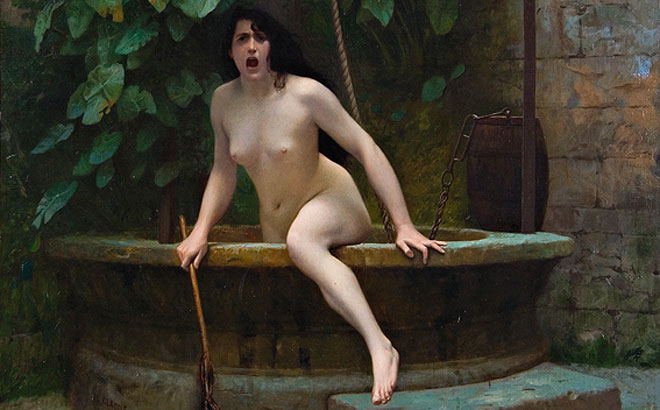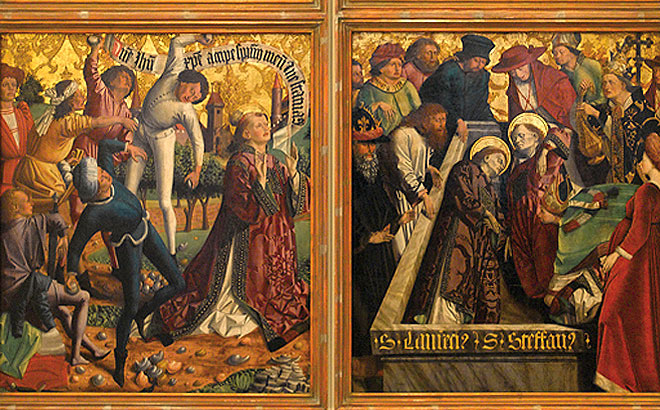


The Anne-de-Beaujeu Museum, a heritage site of the Allier Department, occupies the Renaissance pavilion built by Anne de France and Pierre de Beaujeu around 1500, which closed the courtyard of the prestigious palace of the Dukes of Bourbon. Its varied collections (archaeology, medieval sculptures, altarpieces, Moulins earthenware, 19th-century paintings, etc.) are spread over three levels. The museum is also committed to supporting artists through creative work, notably through the establishment of residencies (visual arts and writing short fiction film scripts). Adjacent to the museum, the Maison Mantin allows visitors to continue their journey through the department’s heritage. Louis Mantin was a sub-prefect, collector, and vice-president of a learned society, the Société d’émulation du Bourbonnais. He bequeathed his house in 1905 and demanded that it be preserved in its original state and still open to the public a century after his death. Refined, elegant and mysterious, his house is, like him, a showcase of riches that reveals itself.
3 Place du Colonel Laussedat
03300 MOULINS
http://facebook.com/mab.allier
http://instagram.com/museeannedebeaujeu
